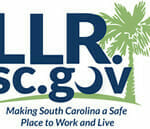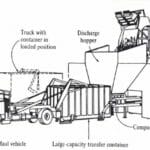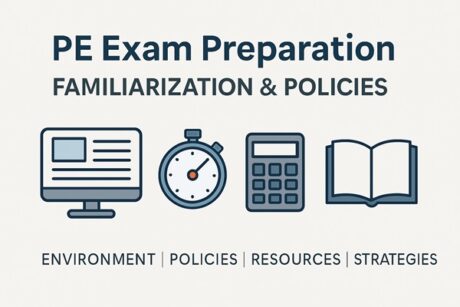- Course No E – 1935
- PDH Units: 2
No data found for Custom Course Number
No data found for Custom Course Units
Intended Audience: for All Engineers
PDH UNITS: 2
The 58-story Millennium Tower in San Francisco started sinking and tilting before its construction was completed in 2009. The sinking and tilting have continued since then at a rate of about one inch a year of sinking and three inches a year of tilting in terms of horizontal movement of the roof. In January, the sinking was 18 inches and the tilting 24 inches. The engineering cause of the sinking and tilting is due to the use of 60-90 feet long friction piles under the mat foundation instead of end-bearing piles supported on the bedrock, which is about 200 feet below the surface. The sinking and tilting have already dished the 10-foot thick mat foundation and cracked seriously the R/C bearing/shear walls, and caused non-structural damage as well. With so much advancement in structural and geotechnical engineering and foundation design, and many layers of double-checking, peer review, and permit process, the question is how can such a major failure occur. In this course, Dr, Astaneh, after presenting engineering causes, will show that the root cause of this failure was violations of several canons of the Code of Ethics for Engineers by a few engineers involved with the design and the peer review as well as the deputy director of the City’s Department of Building Inspection. Dr. Astaneh, then will pose the question “what are the reasons for people, including engineers, behaving unethically?” Not being a psychologist or ethicist, and far from being involved in studying human behavior and morality, he will use reliable data and research results from the experts in these fields and discuss the most important reasons why people behave unethically. According to experts, the main cause is falling into a variety of “psychological traps.” The most important psychological traps will be discussed, believing that knowing these traps, we, engineer or not, can avoid them and behave ethically. The main conclusion of this course, supported by the evidence presented during the webinar, is that if the engineers involved in this project all had followed the Code of Ethics for Engineers, the Millennium Tower would not have this structural safety problem and unknown seismic safety level during the future major earthquakes. References and Recommended Further Readings:
- Code of Ethics of National Society of Professional Engineers (NSPE) (PDF)
- NSPE Ethics Reference Guide (PDF)
- Ethics, Technology, and Engineering, a 2011 book by Ibo van de Poel and Lambèr Royakkers, Wily-Blackwell. (Amazon page)
- Concepts and Cases-Engineering Ethics, a 2019 book by Charles E. Harris et al., published by Cengage. (Amazon page)
- The Ethical Executive, a 2010 book by Robert Hoyk and Paul Hersey, Stanford Business Books. (Amazon page)
- Millennium Tower (San Francisco), Wikipedia, The Free Encyclopedia, (click here)
- Millennium Tower Coverage, a series of investigative reporting by Jaxon Van Derbeken of the NBC Bay Area (Click here and search for Millennium Tower).
Learning Objectives:
At the successful conclusion of this course, you will learn the following knowledge and skills:- The engineering cause of the Millennium Tower’s sinking and tilting was foundation failure.
- The root cause of the sinking and tilting was the violations of the Code of Ethics for Engineers.
- Why “holding safety, health and well-being” of the public is so critical in preventing disasters.
- Why “avoiding conflict of interest” is an essential part of “holding safety paramount.”
- How by following the first canon of the Code of Ethics for Engineers, “holding safety paramount”, during the design, peer review, and permit process, engineers could prevent the sinking and tilting of the Millennium tower.
- Main reasons why professionals behave unethically.
- Ways to avoid the “psychological traps” that lead to unethical behavior.
Course Reviews
5
- 5 stars2
- 4 stars0
- 3 stars0
- 2 stars0
- 1 stars0
Once completed, your order and certificate of completion will be available in your profile when you’re logged in to the site.










The course was a nice balance between a review of Engineering Ethics and a huge error in the design and building of the Millenium Tower. I appreciated the review of the cannon on Engineering Ethics and even some of the finer details on responsibilities of the engineer and the employer. I found the material very interesting and even though it went long, felt that the content and discussion supported it. I would recommend this course for all engineers, even non-structural engineers like myself who find this project fascinating. I visited this site in SFO in June 2024 just to get an idea of the scale of the area and from my interest in following this story for years. Thank you to all who put this together.
The soil data was not adequately evaluated; the piles were not driven to an adequate depth.